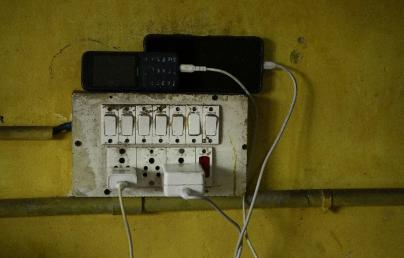
AIVC's Technical Note 73: Overview of the trends in building and ductwork airtightness in 16 countries

AIVC's Technical Note 73: Overview of the trends in building and ductwork airtightness in 16 countries
The current trend in most Western countries regarding building ventilation is to follow the 'build tight, ventilate right' strategy. New energy-efficient buildings are indeed getting more and more airtight to avoid energy losses through uncontrolled air leakages. Instead of relying on natural infiltration, ventilation systems are installed to ensure good indoor air quality (IAQ) with controlled ventilative air flow rates.
In some European countries, minimum requirements for building airtightness are included in Energy Performance (EP) regulations, with sometimes a mandatory justification required by testing or applying certified approach, such as in France, Ireland and United Kingdom. As a result, building airtightness tests are getting commonly performed on new buildings in many countries to quantify and limit air leakage through the envelope. While there are many voluntary programs for increased airtightness in buildings, such as the Passivhaus label or the R-2000 certification in Canada, this report focuses on mandatory/regulatory requirements.
In addition, even if the significant impact of leaky ventilation ductworks on energy use and IAQ has been well established in the literature, the awareness of this issue is rising more slowly.
In 2008 a series of Ventilation Information Papers (from VIP 17 to VIP 27) were published by the AIVC, detailing the “Trends in the building ventilation market and drivers for changes” for 10 countries. Regulations have however evolved a lot in most countries since then. A new series of 16 VIPs is being published to get an update on the current regulations in various countries around the world regarding building and ductwork airtightness. They include for both, when relevant, information on:
national requirements and drivers: airtightness metrics, requirements in regulations, energy programs, airtightness justifications, sanctions, etc.
if it is included in the energy calculations and how;
the airtightness test protocol: qualification for the testers, guidelines, requirements on measuring devices;
tests performed: tested buildings/ductwork, database, evolution with time;
guidelines to build airtight buildings/ductworks.
The objective of this report is to give an overview of the trends in building and ductwork airtightness in these 16 countries around the world, summarising and comparing the information.

